
* This post is not sponsored, meaning all opinions are my own and no one has paid AYL to share this. *
Following on from my previous post about Mobiloo, I thought it would be beneficial to continue talking about accessible toilets, more specifically the Changing Places Campaign! A facility I knew nothing about before becoming dependent on the use of a wheelchair, whereas I now plan every outing to the finest detail to ensure there is a suitable accessible toilet nearby. Thankfully there is usually at least one round, but for some people, standard disabled toilets just aren't sufficient.
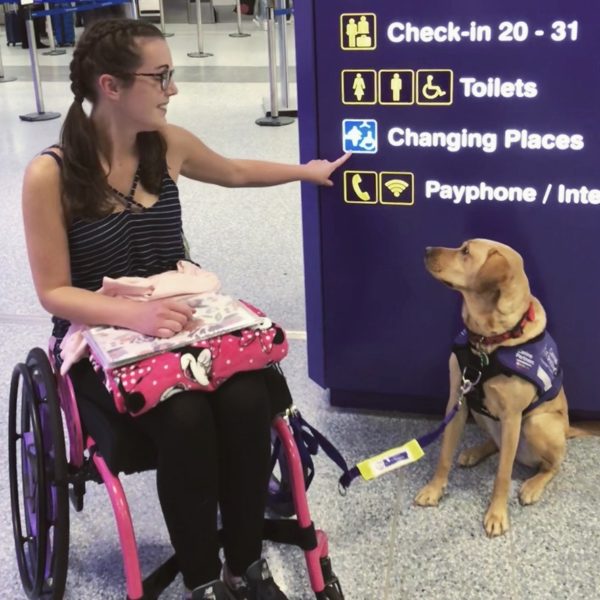
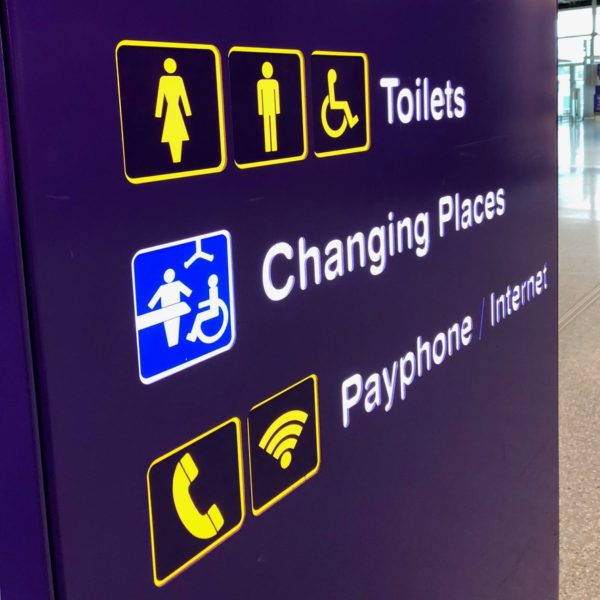
Standard Accessible Toilets Typically Include The Following Features:
1 - A cubicle that is larger than a normal toilet.
2 - Multiple handrails in various areas.
3 - A lowered sink.
4 - Room to transfer from a wheelchair to the toilet.
(Although isn't always possible and often doesn't accommodate transfers from both sides).
However, such facilities are not suitable for anyone unable to sit on a toilet and instead depend on someone to lie them down, change them, access any lines/catheters/feeding tubes they may have and manage their cleanliness. Therefore, Changing Places Toilets are designed to assist people with various abilities, different mobility aids and caring requirements!
Changing Places Toilets Typically Include The Following Features:
1 - A large changing table, which can be adjusted in height and/or position.
2 - Wide rolls of paper to cover the bed.
3 - A toilet that has space to accommodate transfers on either side.
4 - Either a tracking or mobile hoist.
5 - A sink that has knee space underneath it and if possible, can be adjusted in height.
6 - Enough space for a person with disabilities, up to 2 carers and additional equipment.
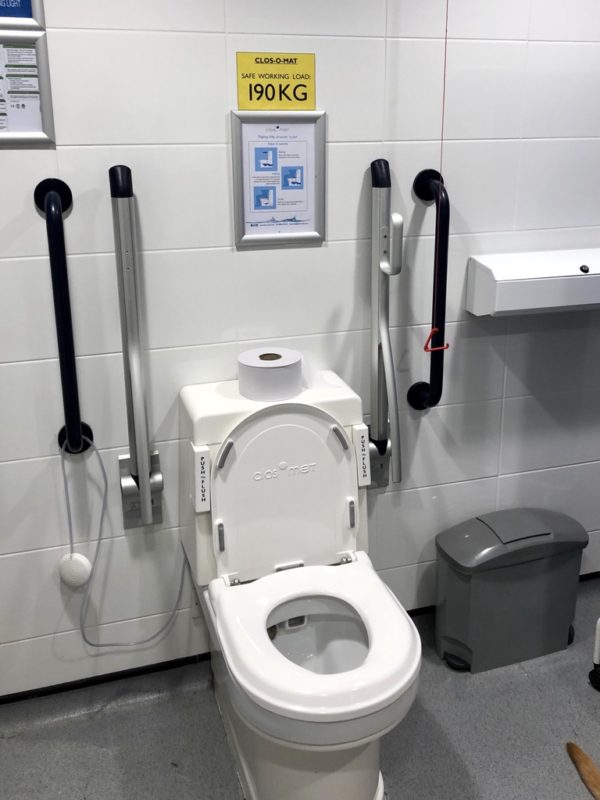
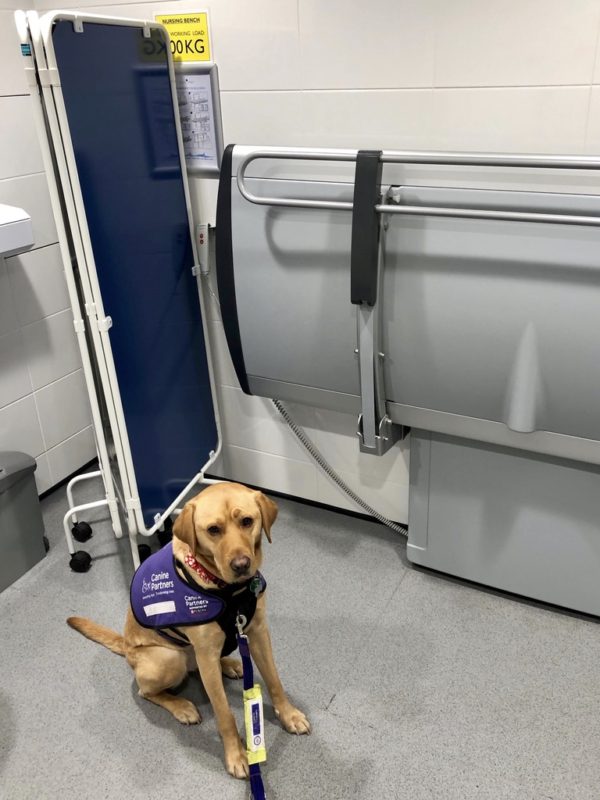
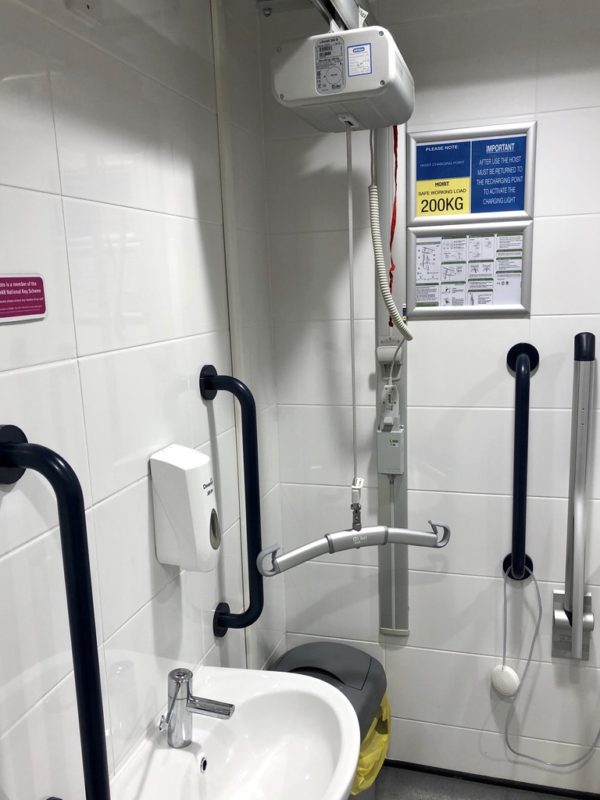
Over a quarter of a million people in the UK need access to Changing Places toilets, but there are currently only around 1,500 facilities across the UK. This may seem like a lot, but it isn’t when you consider the size of the country and the number of public places.
In the hope of improving this statistic, the amazing Changing Places Consortium was created. It has since campaigned for Changing Places toilets to be installed in all big public places, in addition to a standard accessible toilet. Providing people living with disabilities with the freedom to get out; visit shops; attend hospital appointments; enjoy life outside of their home and socialise. But most importantly, to have the same dignity as everyone else.
Can you imagine having to plan every outing around the location of a toilet?
Can you imagine having to change your plans, simply because there isn’t a suitable facility?
Can you imagine having to lie on a toilet floor so somebody can change you?
Can you imagine what it feels like to be denied a basic human right?
I know from personal experience, how conscious I am about keeping my bag off the toilet floor; yet some people are forced to lie on the floor is extremely upsetting. It’s also worrying to think about the different bugs and bacteria are on the floor of a toilet cubicle, which could be fatal for anyone with a weakened immune system. But until public places install a Changing Places toilet, children and adults across the country are being denied access to that place!
Since writing this post, the UK government announced in June 2020 that Changing Places will be made compulsory for new buildings in England from 2021! However, I still recommend clicking the links below for more information on how you can continually support this campaign.

Hi, I'm Lauren and I have been living with a collection of disabilities for the past 8 years. I initially had a passion for teaching children with special needs, but my health prevented me from pursuring my dream career. Despite this, I now love nothing more than sharing my experiences to help other people living with disabilities.
Hi, I’m Lori and was diagnosed with Ehlers Danlos Syndrome and a family of co-morbid conditions which has made life highly complex. However I constantly aim to make life as ‘normal’ and fulfilling as possible - and through this, I discovered the benefits of writing about my journey.
 GET IN TOUCH
GET IN TOUCH


